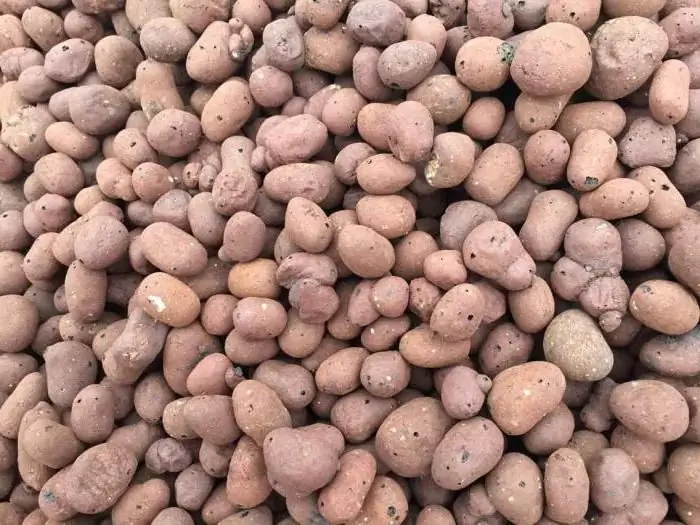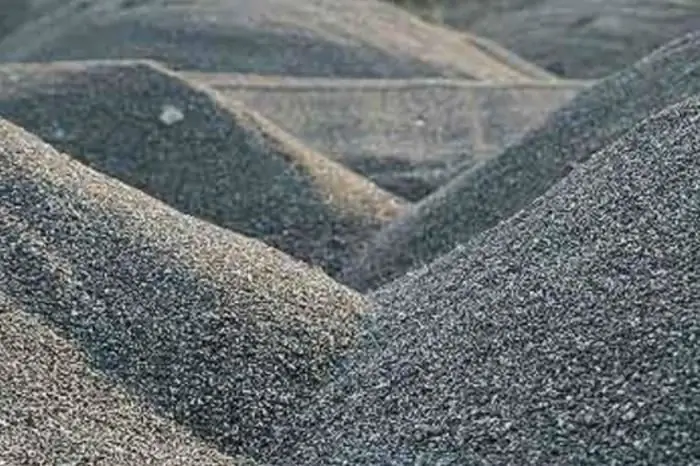2026 Author: Howard Calhoun | [email protected]. Last modified: 2025-01-24 13:10:30
In the construction industry, a huge number of various materials are used, one of which is dolomite crushed stone. This substance has a huge number of uses, ranging from one of the components of building mixtures to decorative finishes.
What is crushed dolomite
Based on the name, it is already possible to determine the main component - dolomite. It is from the sedimentary rock with this name that this crushed stone is produced. However, not all so simple. As a rule, in the same rock there is also limestone in different quantities. As a result, two types of dolomite crushed stone are separated:
- Dolomitic limestone (less than 75% dolomite).
- Limestone dolomite (more than 75% dolomite). This species is characterized by the presence of a large amount of calcium.
Depending on the composition, the color of the material can vary over a very wide range, ranging from brown or yellow to gray or white. In principle, substances are very similar to each other in most respects, however, there are certain properties that they still differ somewhat.
Characteristics of two kinds of materials:
| Properties | Dolomitic limestone |
Limestone dolomite |
| Size | Up to 120 mm | Up to 70 mm |
| Amount of clay | Up to 2, 2 % | Up to 2% |
| Strength | Up to 800 | Up to 1400 |
These substances are similar in their other indicators. Of these, radioactivity should be emphasized, which in both cases remains at the level of 55 Bq/kg. This is very little, because the norm in construction is 370 Bq/kg.

Factions
Like any other bulk building material, crushed dolomite is divided into several fractions. That is, it can conditionally be sifted into larger and smaller particles.
Most common options:
- 5-20 millimeters - fine-grained gravel.
- 20-40mm is medium grit.
- 40-120 millimeters - coarse-grained substance.
Smaller particles (2-5 millimeters) are used less frequently. In some cases, fractions of dolomite crushed stone of non-standard sizes, such as 3-7 millimeters, can be used. But in fact, there is not much difference here. An exception may be expensive building mixtures, for which it is very important to have grains of this crushed stone of a strictly defined size.

Application of dolomiterubble
Fractions directly affect the scope of this material. The smallest grains, up to 20 millimeters in size, are used to make concrete of the widest range (again, it depends on the selected fraction). Among other things, it is precisely such small gravel that is an integral element of ceilings and beams, and is used for pouring floors (especially those varieties that are oriented to the installation of heavy types of machine tools or other similar equipment).
Larger dolomite crushed stone, up to 40 millimeters in size, is used when laying the foundation and can also be part of some brands of concrete mixtures. It is convenient to use for decorative backfilling of paths or areas. Especially often, material with such grains can be found in the field of landscape design, especially if it has a beautiful color. In connection with these features of use, most often a fraction of 20-40 millimeters is supplied in bags of about 50 kilograms. Such a system allows you to purchase exactly as much as you need and not overpay for excess volume.
The largest crushed stone, ranging in size from 40 millimeters and above (grains larger than 120 millimeters are rarely used), is used for laying highways, roads within the city, and so on. Less commonly, it is used in the manufacture of particularly large and large-scale concrete structures.

Result
Crushed stone, due to its properties and division into fractions, is rightly considered one of the best building materials,which is almost impossible to do without. Fortunately, the reserves of this substance on the planet are simply unimaginable, and therefore its cost is very low.
Recommended:
Loose material (sand, crushed stone): production and sale

Sand and crushed stone are used as bases for various buildings and landscaping, as well as aggregates for concrete
Grinding machine: varieties and uses

The grinder is a very useful piece of equipment that is used to process wood and stone. Thanks to him, the surface of the processed material becomes even and smooth
Basic properties and fractions of expanded clay

Expanded clay fractions - this is not the only parameter that you should familiarize yourself with. It is also important to know about the specific gravity, the ideal value is within 0.95 g / cm3
Long pepper: types, varieties, cultivation features, recipes with its use, medicinal properties and uses

Long pepper is a popular product that has found wide application in many industries. There are many varieties of peppers. This culture has a beneficial effect on the human body and has a wide spectrum of action. It is used in the food industry and traditional medicine
Density of crushed stone - gravel, granite, limestone and slag. Bulk density of crushed stone: coefficient, GOST and definition

Crushed stone is a free-flowing, inorganic and granular material obtained by artificial crushing. It is divided into primary and secondary. This is an important fact. Primary - the result of processing natural stone: pebbles, boulders, pumice and other materials. Secondary is obtained by crushing construction waste, such as concrete, asph alt, brick. In this text, we will consider in more detail such a property as the density of crushed stone

